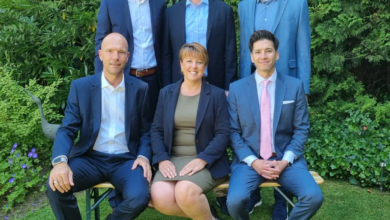Let’s take a look at how these three inks dry:
- Screen-printed plastisol ink
- Screen-printed water-based ink
- Screen-printed discharge ink
Plastisol ink is a PVC-based thermoplastic that is 100% solids, which means it contains no solvents. Therefore, it requires no evaporation to cure, which occurs when the ink’s PVC molecules cross-link with its plasticizer vehicle (or other 100% solids carrier). For cross-linking to occur, the temperature of the ink need only reach 300 to 330 degrees F for several seconds, making plastisol-printed textiles the easiest to dry quickly in an infrared conveyor dryer.
By contrast, screen-printed water-based ink utilizes water as its solvent and sometimes contains a petroleum-based co-solvent to reduce the time needed to evaporate the ink’s vehicle. Total evaporation must occur before the remaining pigments or dyes can “set” (cure) at approximately 300 to 330 degrees F.
However, rapid evaporation does not begin until the screen-printed ink reaches 212 degrees F, so a portion of the garment’s dwell time in the dryer is spent raising the water temperature boiling point. Another portion is spent holding it at the boiling point until all water/solvent has evaporated, and only the final few seconds are spent curing the pigments or dyes remaining on the garment.
Screen-printed discharge ink typically requires longer drying times than water-based screen-printing inks because discharge ink is generally applied, so its zinc formaldehyde sulfoxylate activator soaks into the fabric. This requires significant evaporation to occur to complete the process of deactivating dyes in the material.
—Vastex International




